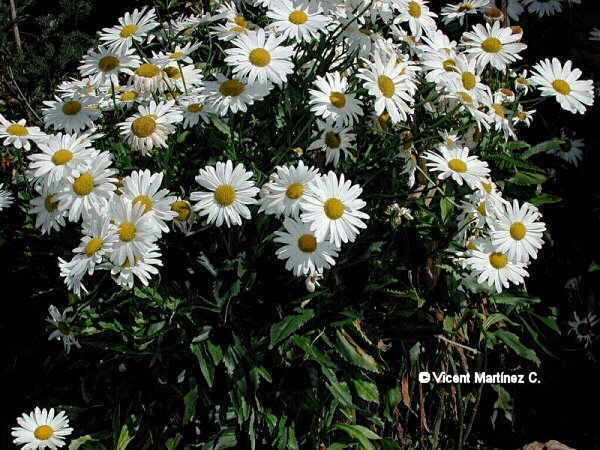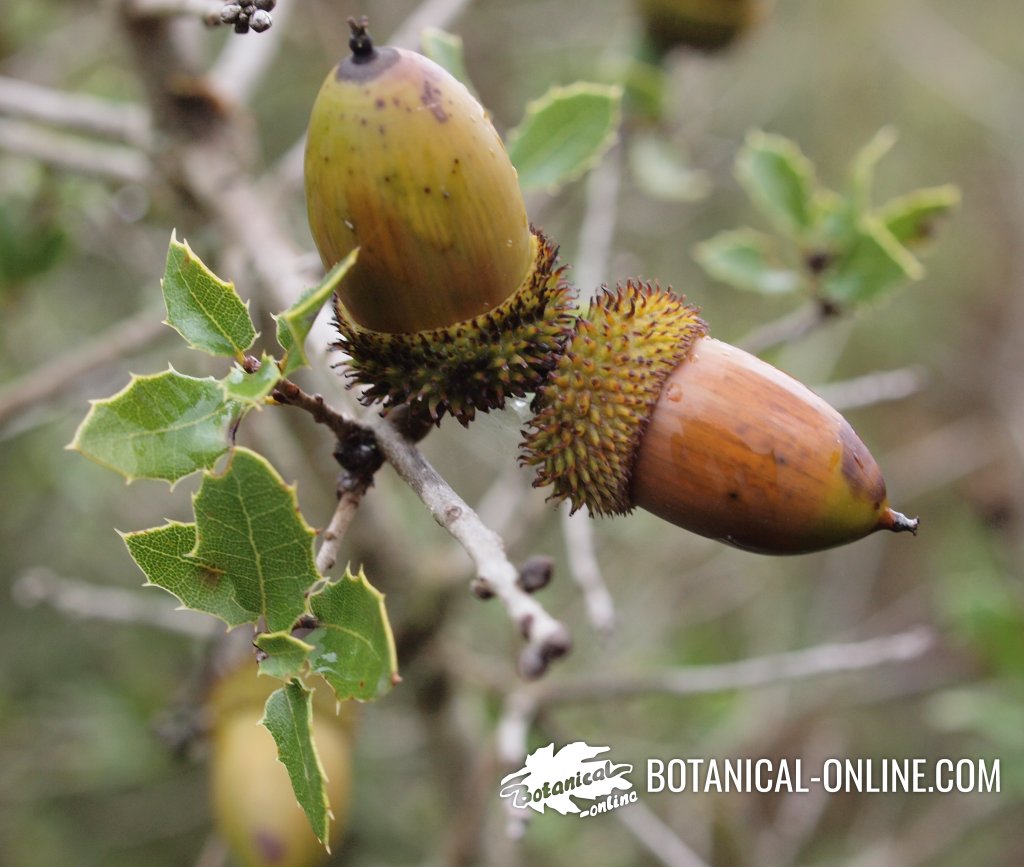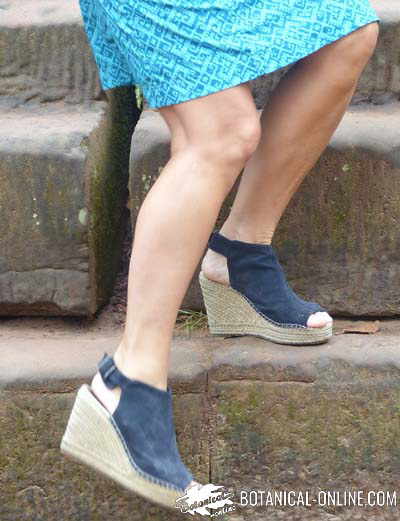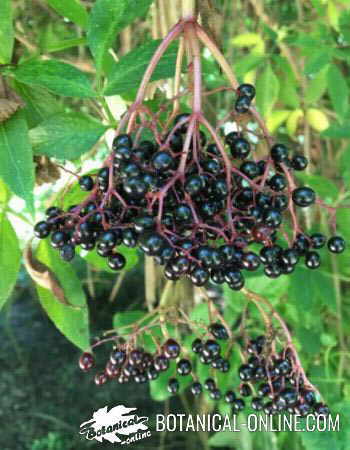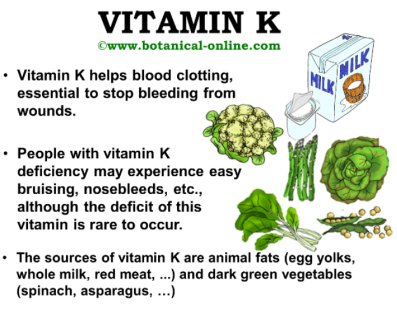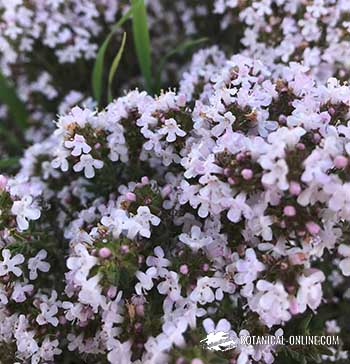Contents
- 1 Properties of maritime pine
- 1.1 CHARACTERISTICS OF PINUS PINASTER
- 1.2 Description of maritime pine
- 1.3 Maritime pine habitat
- 1.4 Uses of maritime pine
- 1.5 MEDICINAL PROPERTIES OF MARITIM PINE
- 1.6 Production of nutritional and medicinal supplements
- 1.7 What are the properties of proanthocyanidins?
- 1.8 Other species of pines with similar medicinal properties to stone pine
Properties of maritime pine
CHARACTERISTICS OF PINUS PINASTER
Common English name: Maritime pine, cluster pine
Common name in other languages:
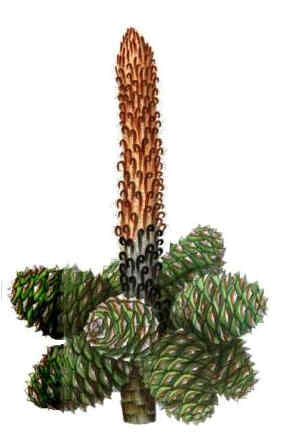
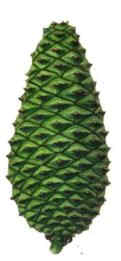
Drawing of the different parts of the plant
– Spanish / Castellano: Pino marítimo, pino carrasco, pino resinero, pino ródeno, pino negral, pino rubial, pino bravo, pino de las landas, pino de Flandes, pino gallego, pino morisco, pino negral, pino de Burdeos, pino laricio, pino bermejo, ródeno, pino oficinal.
– Catalan / Català: Pinastre, pi marí, pi redó, pi marítim
– Galician / Galego: Piñeiro bravo, piñeiro marítimo, piñeiro do país
– Portuguese / Português: Pinheiro bravo
– Basque / Euskara: Itsas pinua
– Italian / Italiano: Pino marittimo
– Romanian / Română: Pin de cluster
– French / Français: Pin maritime, pin des Landes, pin de Corte, pin mésogéen
– German / Deutsch: See-Kiefer, Stern-Kiefer, Bordeaux-Kiefer, Strand-Kiefer, Igel-Kiefer, Meer-Kiefer, Seestrand-Kiefer
– Polish/ Polski: Sosna nadmorska
– Dutch /Nederlands: Zeeden
– Norwegian /Norsk bokmål: Strandfuru
– Finnish /Suomi: Rannikkomänty
– Swedish /Svenska: Terpentintall, medelhavstall
– Turkish / Türkçe: Sahil çamı
– Русский / Russian: Сосна́ примо́рская
Description of maritime pine
Evergreen tree of the Pinaceae family up to 40 meters high, although it rarely passes 30.
Erect stems , dark red with little branching only at the top where it presents a very open crown with a few spreading branches.
Bright bluish green leaves or yellowish green, very elongated with 15 or 20 cm in length, very thick and sharp, grouped in pairs. Green pine cones in youth that become reddish brown when mature, 9 to 20 cm long, narrow and conical, gathered in groups with a short petiole. Maturation occurs after two years.
Inedible seeds about 8 mm long with wings of about 3mm.
The seed dispersion is performed through the wind (wind dispersal)
Maritime pine habitat
It comes from the southern part of Europe. On the west, it naturally occupies the area of Portugal, Galicia and extends to the north of the Garonne River in France.
In southwestern France, in the region known as Landes, it is where the world’s largest forests of this species are found. This covers the entire area of the Spanish Levant, France, Italy and Corsica. It almost occupies the entire Iberian Peninsula, especially after many forests have been repopulated with this species. On the south it grows in northern Morocco and, to a lesser extent in Algeria.
It grows mainly along the coast, from sea level to 600 meters, although it can be found in the mountains of Morocco to 2,000 meters. He prefers granitic terrain and thrives well on sandy soils. Many repopulation have been established over the dunes to fix them.
It has been planted as an ornamental in other places in the world such as California, South Africa and Australia. In all these sites it has adapted very well, especially in South Africa where it is considered an invasive species. It has also been introduced in western Europe, reaching to northern Scotland and the east coast of the United States. It can survive, albeit with difficulty, to almost 50 ° north latitude.
Like Aleppo pine (Pinus halepensis) is a resin-producing species, which facilitates combustion in forest fires that appear very often where it is planted. The fire facilitates the expulsion of the seeds.
Uses of maritime pine
– Maritime pine wood: This pine tree is much appreciated in construction for its strength. It has a density of 0.533.
MEDICINAL PROPERTIES OF MARITIM PINE
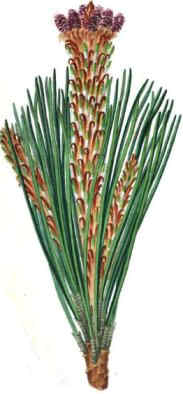 Drawing of the leaves
Drawing of the leaves
Production of nutritional and medicinal supplements
Maritime pine is one of the most common trees from whose bark proanthocyanidins are is extracted. These components are a kind of flavonoids used in the manufacture of nutritional supplements and as natural remedies. Naturally occurring in other plants such as blueberries, black currants, black grapes, apples, green tea, etc.
Proanthocyanidins have antioxidant properties, capable of neutralizing free radicals, preventing the onset of many diseases. Studies carried out recently seem to show that they exhibit antioxidant capacity twenty times greater than vitamin C and 50 times greater than vitamin E.
What are the properties of proanthocyanidins?
Among the main virtues of these components, we have to point out the following:
- Improve blood circulation: Its ability to provide flexibility to blood vessels and strengthen the capillaries can be used to prevent or remedy many circulatory diseases such as heart attacks, arteriosclerosis, varicose veins, phlebitis, hemorrhoids, etc.
- These supplements also may be suitable for the treatment of other anomalies caused by metabolic diseases such as diabetes, which can lead to numerous heart or eye diseases.
- Improve the conditions of allergy: It has been found that these components are capable of lowering histamine levels in the body.
- Improve skin condition: The regenerative capacity of proanthocyanidins is due to its power to inhibit enzymes that cause the destruction of collagen, which is the protein that connects human tissues. Collagen loss produces a lack of elasticity and skin sagging that is manifested as wrinkles or flabby skin.
- Protect skin from sunlight: These components act as a filter, so that they reduce the negative effects the sun has on the skin as spots, dry skin, freckles, etc. at the same time it makes us more resilient in the development of skin cancer.
- Natural Medicine: The leaves, buds and bark of maritime pine can be used as natural remedies in many preparations intended primarily to treat respiratory diseases, joint pain and urinary tract problems. Its properties are similar to Scots pine.
Other species of pines with similar medicinal properties to stone pine
In addition to Maritime pine, there are other pine species with similar properties. Among all. we will mention the following:
– Scots pine (Pinus sylvestris)
– Aleppo pine (Pinus halepensis)
– Stone pine (Pinus pinea)
– Mountain pine (Pinus uncinata)
![]() More information on pine nuts and pines.
More information on pine nuts and pines.

